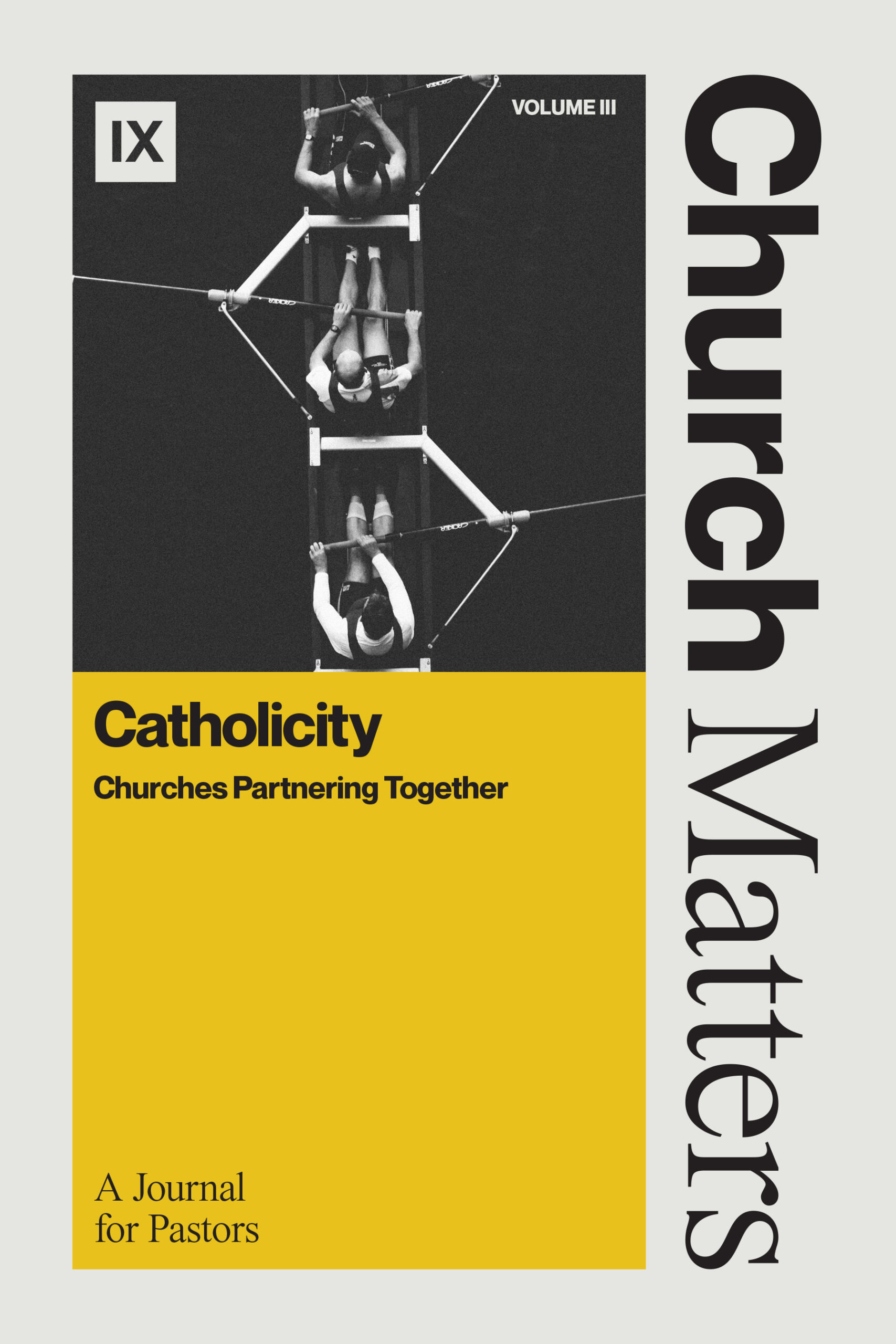“Very Sweet Honey”: Basil of Caesarea’s Friendship with Syrian Christian Eusebius of Samosata
The Greek Christian author Basil of Caesarea (c.330–379) is usually remembered by church historians of late antiquity for his defense of the deity of the Holy Spirit in the final stages of the Arian controversy during the 370s. That defense played a critical role in codifying the orthodox Christian teaching about the Trinity at the Council of Constantinople (381). Basil has much to teach us, though, about other areas of the Christian life. Take, for instance, the vital area of Christian friendship.
ORTHODOXY-ENERGIZING FRIENDSHIP
One of Basil’s closest friends was Eusebius, bishop of Samosata (c.305–380), a city on the Euphrates River some 300 miles from Caesarea. Samosata has been described by historian Lewis Ayres as a “strategically important city” since it was “close to the borders of the [Roman] Empire.” Samosata contained Greek speakers like Eusebius, but also many Syriac- and Armenian-speaking Christians. Most of what we definitely know about Eusebius is from the letters of Basil. There is little doubt the two men deeply enjoyed each other’s presence, and Basil delighted in having such a mentor.
Eusebius’s birth date is uncertain. Basil speaks of his “venerable age” in his Letter 98, which would probably place his birth between 303 and 313 and make him a generation older than Basil. Their friendship thus cut across generational barriers. When Eusebius became the bishop of Samosata is also unclear. He was definitely in that position by 361.
In 374, Eusebius was banished to Thrace in northern Greece by order of the Emperor Valens, an Arian who denied the full deity of the Lord Jesus. His congregation was devastated by the loss of their bishop. Some of them pursued Eusebius and pled with tears for him to stay and brave the wrath of the emperor. But Eusebius felt he had no choice but to obey the imperial command.
WINDOWS INTO A FRIENDSHIP
There are some fifteen extant letters from Basil to Eusebius that provide a fascinating window into their friendship. In the autumn of 368, Basil wrote to Eusebius informing him of his desire to visit him in Samosata so that he could enjoy Eusebius’ “treasured wisdom” (Letter 27). A year later, Basil commended Eusebius for his zeal for the truth (Letter 34). In 371, Basil told his friend that he hoped to see him the following spring so as “to be reinvigorated by your sound teaching” (Letter 48).
When Basil was ordained bishop of Caesarea in the fall of 370, Eusebius had made the journey from Samosata to take part in the episcopal election. Another of Basil’s friends, Gregory of Nazianzus (c.329–389), who had strongly urged Eusebius to attend, recalled Eusebius’s presence as one that filled the hearts of the congregation at Caesarea with “courage and joy” (Letters 42 and 44). Basil would also have been deeply encouraged that such a “noble guardian of the faith and watchful ruler of the churches,” as he called Eusebius, made the arduous journey to lend his support to Basil (Letter 136).
In a number of his letters to Eusebius, Basil also thanks his friend for his prayers: for church matters in which Basil was involved (Letter 30) and for Basil’s health (Letters 100, 162). In August of 373, Basil’s entire body was wracked with pain, and he was deeply thankful that Eusebius remembered him in prayer. He told him that his letters were like “a beacon fire shining from afar upon the deep . . . naturally possessing sweetness and great consolation” (Letter 100).
Basil used the imagery of sweetness again that year in Letter 138, when he told his friend that spending time with him the previous year (372) had been like “a taste of very sweet honey.” And, again, he urged the bishop of Samosata to pray for him. In one of Basil’s final letters to Eusebius that we possess, Letter 241, written in 376—Basil died on January 1, 379—Basil again mentions Eusebius’s praying. On this occasion, he likened his friend’s prayers to those of Moses. This comparison was among the highest compliments that Basil could give to Eusebius, since Basil regarded the Israelite leader as “a paragon of self-sacrificial love, contemplation, [and] nearness to God.”[1]
Basil clearly treasured his actual face-to-face meetings with Eusebius, even if such meetings were infrequent. Yet he was also thankful that when they could not meet, they could speak to one another through letters.
A FRIENDSHIP GOD USED
In 378, the persecuting policy of Emperor Valens was brought to a close by his death at the Battle of Adrianople in the Balkans. Valens’s successor, Gratian, recalled a number of banished bishops, including Eusebius. But Eusebius enjoyed his return to his congregation in Samosata for only two years. In 380 he travelled to Dolikha in northern Syria to participate in the ordination of a bishop for that city. An Arian woman took the opportunity to whip a tile at his head that proved to be fatal. It is noteworthy that, as he lay dying, Eusebius urged his followers to forgive the woman and not to harm her in any way. This is the only thing that is often remembered about Eusebius of Samosata: he was the sole orthodox martyr in the post-Constantinian church of the fourth century.
But, as this small study has sought to show, Eusebius’s friendship with Basil of Caesarea during the doctrinal watershed of the 370s is of vital importance and should be remembered in any account of the Cappadocian theologian’s formulation of the Holy Spirit’s deity.
Editor’s Note: This is an adaptation of an article originally published by TGC Canada.
* * * * *
[1] Andrea Sterk, Renouncing the World Yet Leading the Church: The Monk-Bishop in Late Antiquity (Cambridge, MA/London, England: Harvard University Press, 2004), 62.









